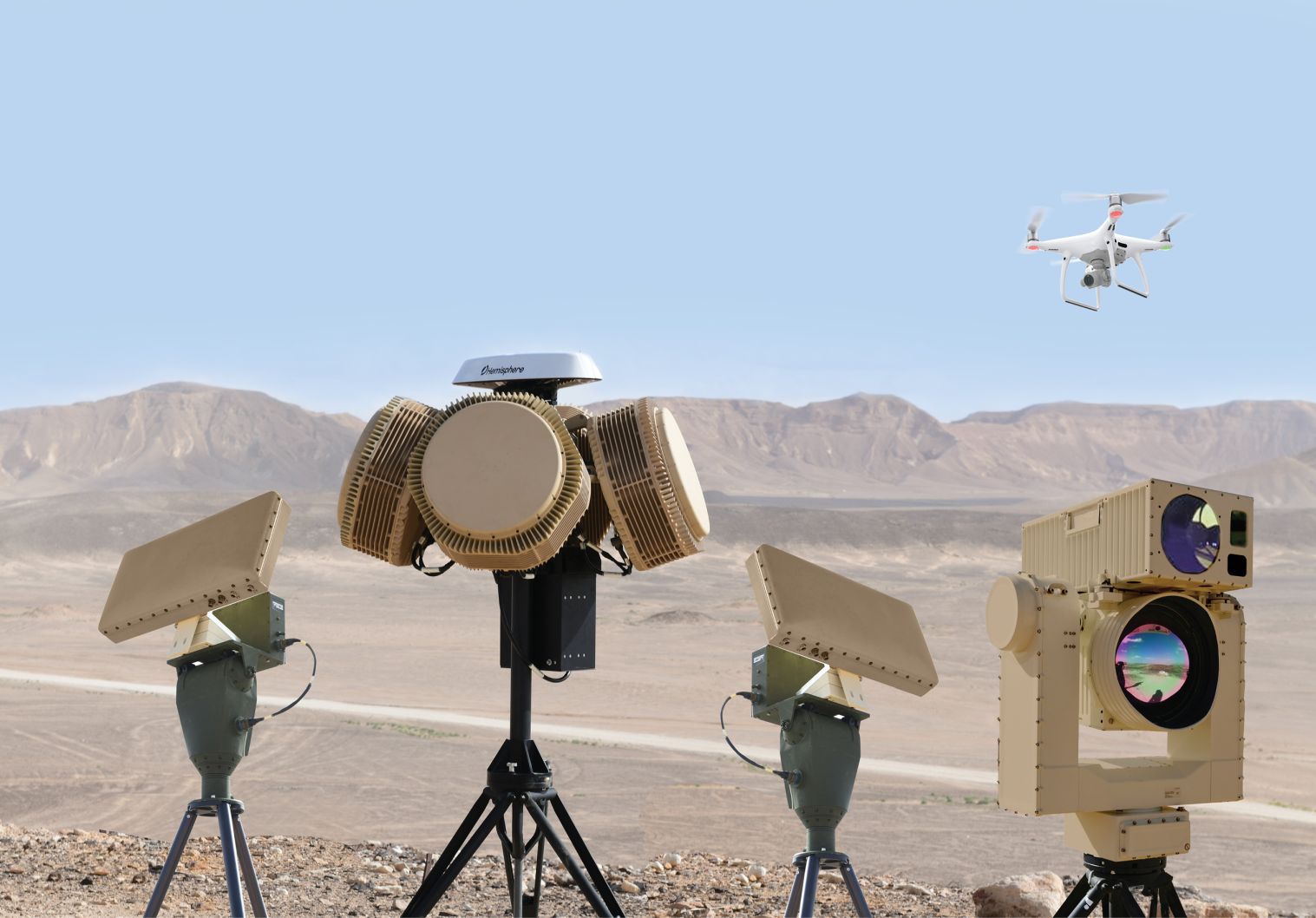Contents
The term “drone” has been constantly in the media lately, and it can be seen everywhere. They are used for educational purposes, commercial purposes, and even military purposes. An anti-drone jammer device uses radio waves to disable or give go-back signals to the drones in the air. They come in a variety of shapes and sizes, but all operate in the same way. It sends out bursts of radio waves that override the signals used by the drones to control their flight. This can cause them to fall from the sky or crash into buildings.
Benefits of Anti-Drone Jamming System

One of the main benefits of an anti-drone jamming system is that it can be used to protect privacy. By disrupting the communication between drones and their operators, this technology can prevent unauthorized or unwanted footage from being captured. It can also be used to stop the damage from occurring. For example, if a drone is hovering over an area where there is a potential for a fire, the jammer could be used to disable the drone so that it doesn’t cause any more damage. If a company has a crop that they want to protect from being pilfered by drones, they could use an anti-drone jammer to block the access of those drones.
How does Anti-Drone Jammer Work?
By interfering with the drone’s communication system. This can prevent the drone from flying or controlling its movements, making it easy to take down.
Jamming a drone is not easy, and requires a lot of technical knowledge and equipment. Most jammers use RF (radio frequency) waves to disrupt the drone’s signals, but there are also GPS jammers available that use satellite signals. The type of jammer used will determine which type of signal is blocked.
There are two main types of drones: civilian and military. Civilian drones are typically used for recreational purposes, such as filming videos or taking photos. Military drones are used for a variety of purposes, including surveillance and bombing raids. Both types of drones can be vulnerable to jamming, but military drones are more likely to be attacked because they are more sensitive to interference.
Drone Detection Systems
They can be used to disrupt or disable the control signals of drones. These systems are often used by law enforcement and military personnel to prevent unauthorized drone operations. Some of the most common types of drone detection systems include:
- Radars: A radar system can detect and track the movements of drones using radio waves. This type of system is generally effective at detecting small drones, but is less effective at tracking larger drones.
- Radio Frequency Identification (RFID) Tags: RFID tags are small chips that contain a unique ID number. When a drone passes over a tag, the tag can transmit information about the drone’s location and flight characteristics to the system. RFID tags are usually only effective at detecting large drones.
- Optical Systems: An optical system uses lenses and other optical components to detect the presence of drones. This type of system is generally more effective than radars at detecting small drones but is less effective at detecting larger drones.
Types of Drone Jamming Systems
There are a variety of drone jamming systems available to the public, so it can be hard to decide which one is right for you. The most important thing to remember is that any drone jamming system will need an antenna and transmitter.
Types of Drone Jamming Systems:
- Covert Operation: This type of system uses a special antenna and transmitter that is not detectable by the drone. This means that the system can be used in covert operations, such as disabling drones, without anyone knowing.
- Active Denial System: These systems use directional antennas and powerful transmitters to disable or disrupt the communication between the drone and its controller. This type of drone jamming is usually more effective than covert operating systems because it takes less time to disable a drone.
- Radio Frequency Interference: RF interference is a common problem with drones because they use radiofrequency signals to send and receive information. This type of drone jamming uses powerful transmitters to block or interfere with these signals, causing the drones to stop working or return incorrect information.
Conclusion
Drone jamming systems can be a very useful tool for law enforcement, private security, and other professionals who need to keep unauthorized drones out of their airspace. There are a few things you should know before purchasing a drone jammer system, as well as some things to watch out for. In this article, we have covered all the bases so that you can make an informed purchase and protect yourself and your assets from unwanted drone activity.

